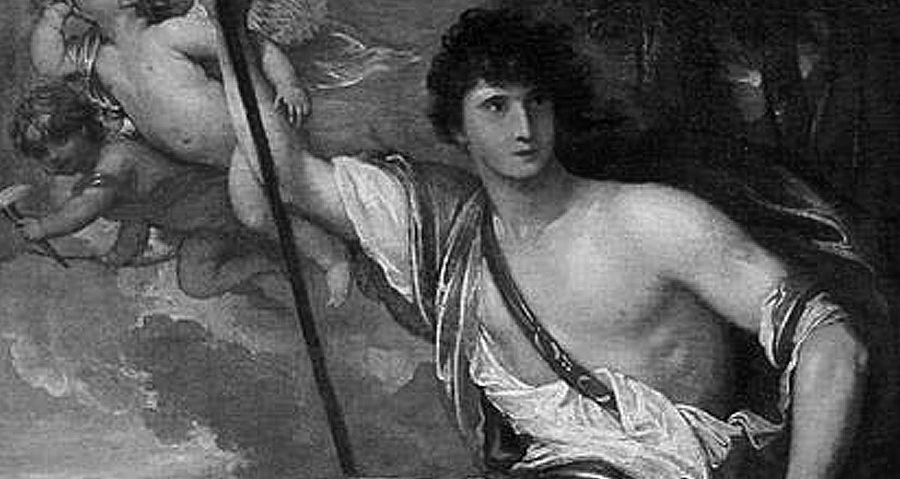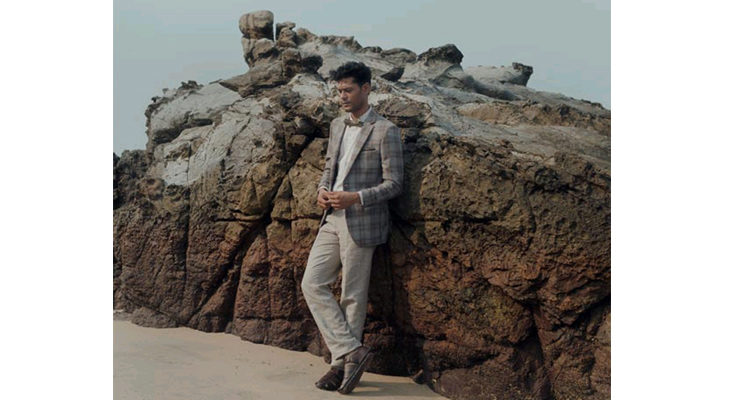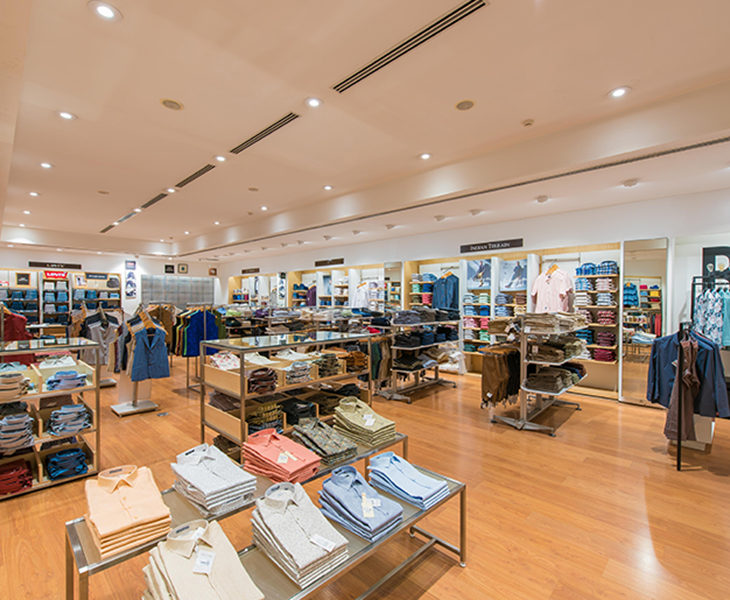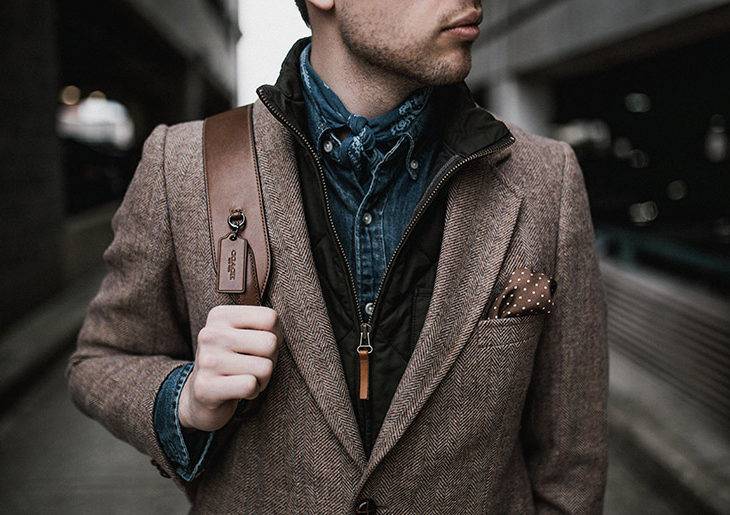It has been pointed out by many a biologist that in the animal kingdom it is quite often the male that is visually more appealing than the female. The peacock’s colourful tail, the lion’s lush mane – there are so many examples to support this observation. The reason mostly, is the evolutionary advantage a good-looking male holds when it comes to finding a suitable mate. In the human context however, we have come to exalt the female as the paradigm of beauty. Which leads us to a very fascinating question – What of the beauty of the human male?
We at Prestige for Men believe that a man is a creature of great allure and infinite expressions of beauty. It is this belief that has compelled us to look to history and find how art has chronicled the beauty of man through ages. The Artsy magazine in its article ‘How Art Has Depicted the Ideal Male Body throughout History’ says, “Class or status has been the determining factor in the defining of male exemplars. Be it in the East or West, the epitome of a handsome man has generally been an idealized version of an upper-class individual, an archetype that has itself changed over time.”
In fact, throughout ages it is this cultural context that resonates in art. And one finds that what is perceived as desirable male attributes by a certain culture or era also permeates into art.
From Youth to Strength

As seen in the legendary ancient Greek sculpture of Hermes and the infant Dionysus, the paragon of an enchanting male was lightly muscled, with the physique of someone who can walk great distances and perhaps run at a high speed. It wasn’t about strength or muscle yet and athleticism in men was idealized. But a little later comes the age of musculature and Knights of the Dark Ages with their chain mail armour. As we can see in the 4th century BC Italian sculpture of Farnese Hercules, the muscle bound, strong bearded man had arrived, but not for very long!
The Angelic and Feminine
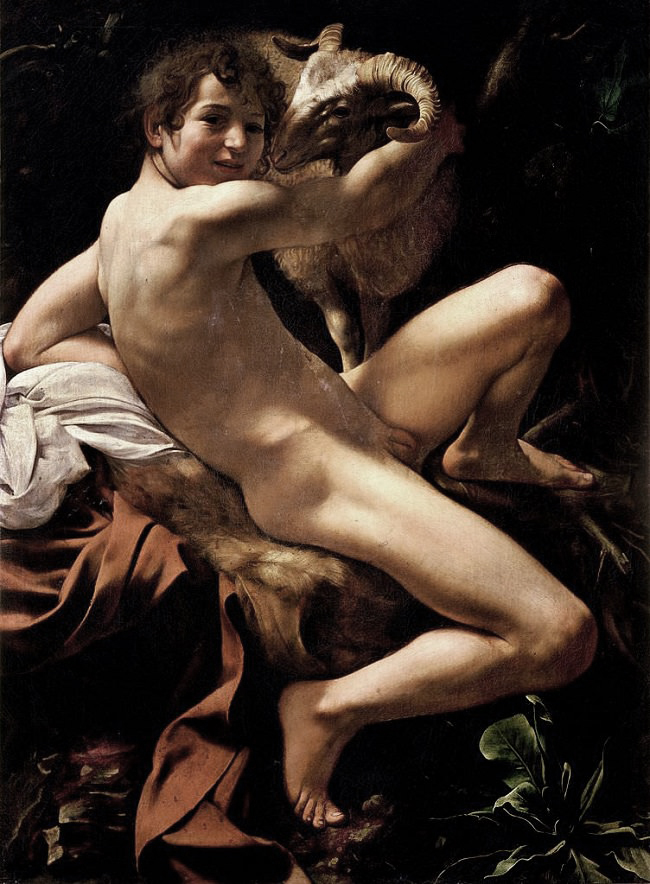
With the advent of the middle ages, came renowned artists like Carravagio, who found great eroticism in the male body. The style of masculine beauty tends to an almost angelically clear and smooth skin, with slender feminine bodies.
The return to the Classics
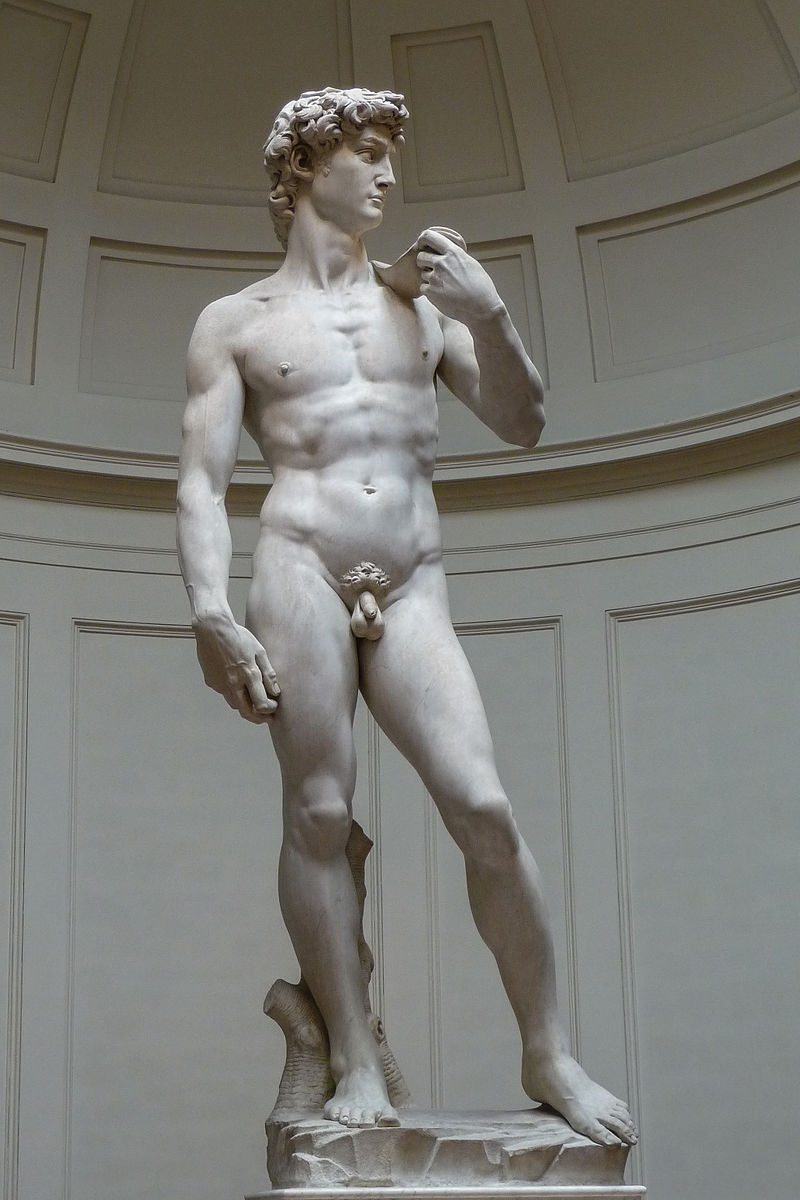
Renaissance was the age of return to classical ideals. The rise in notions of patronage led to an exalted position for the artist. It is in this era that one of Michaelangelo’s most notable works – the statue of David was made. As one can see fluidity of form was once more the most desirable in a man. Athletic and youthful, David stands tall and well aware of his own stature, free from the notions of muscularity as desirable.
Prosperity and Fashion
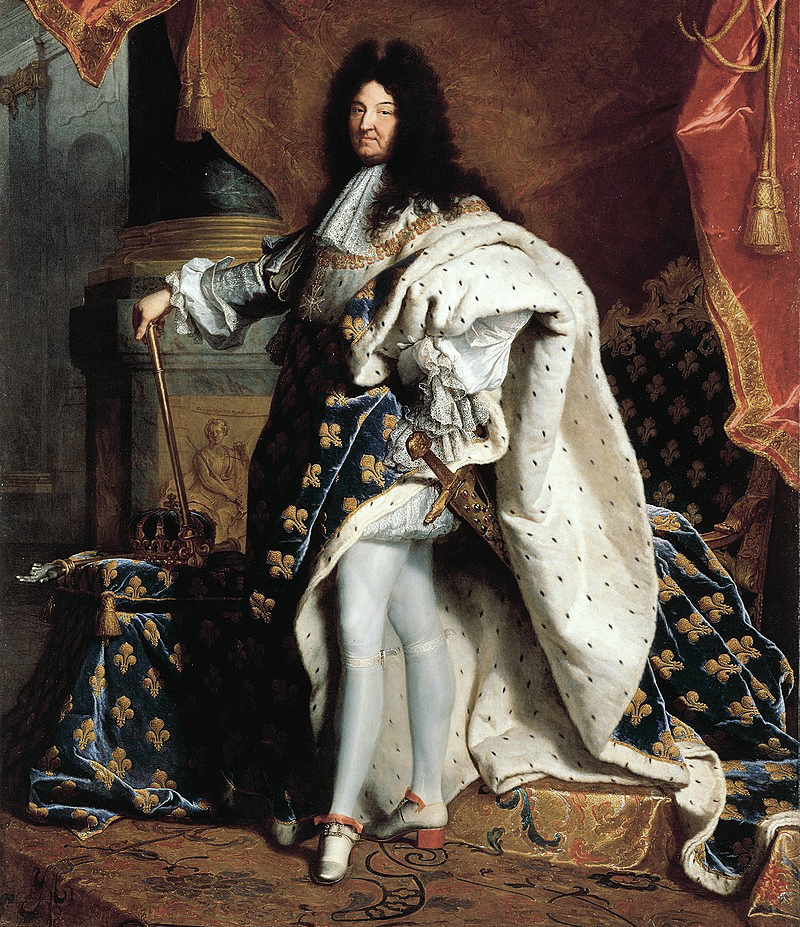
From the 17th century onwards, a remarkable new aesthetic arises in the idea of desirable male. Flamboyant dressing, as a way to establish one’s class in society took precedence over the form of the body. Kings and nobles invested in their own portraits and ensured they dressed their best in them, as can be seen in the portrait of Louis XIV of France.
Modern times and evolving notions
With the advent of Industrial revolution everything changed. The ideal men were now creatures of economics; all about the wealth they could gather and spend with little time to be athletic or muscular. It was the age of the finely dressed man, so gentle in his manners that only the word ‘gentleman’ could fit as a description. As times went on, technology, cinema and mass culture brought about its own set of perceptions and expectations. Fashion and celebrity often dictate the rules of beauty. Today, a phrase like ‘metrosexual man’ is often thrown around, and men have begun expressing their own beauty in diverse ways. From shaping their eyebrows, to wearing pink, to working out for that coveted six-pack to accepting their own struggles with societal beauty standards, men across the world continue their changing what ‘male beauty’ means in a wide variety of ways.
In conclusion
Lastly, we acknowledge that Indian art became conspicuous by absence in this article. It is due to issues of accessibility and historical documentation, which are far more in western art. We assure you that we are continuing our search for how Indian art has captured ‘male beauty’. And remind you that the modern context is universal to men of most cultures. In the end, we leave you with this fun video by CUT, called ‘Hundred years of beauty: Men India’. See if you can find yourself in there.
Image courtesy: Google
